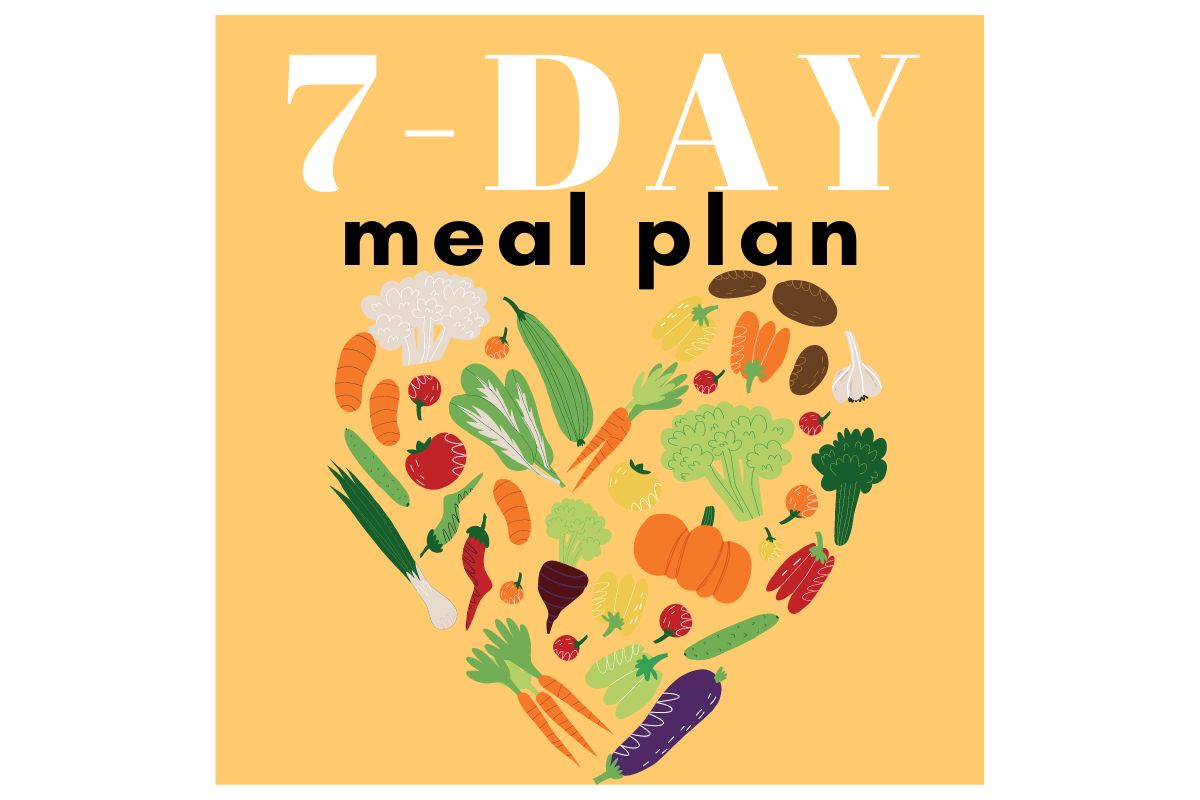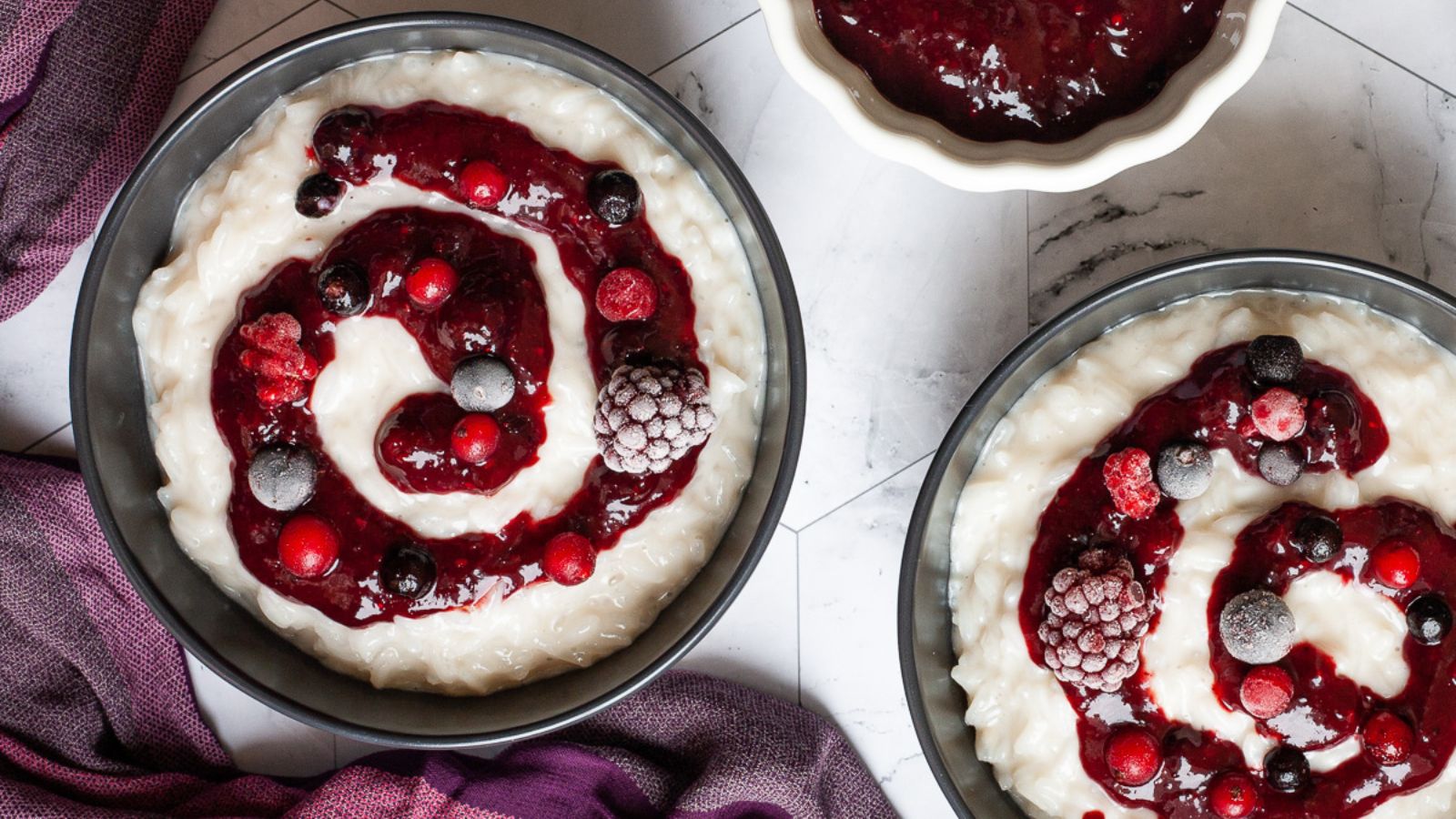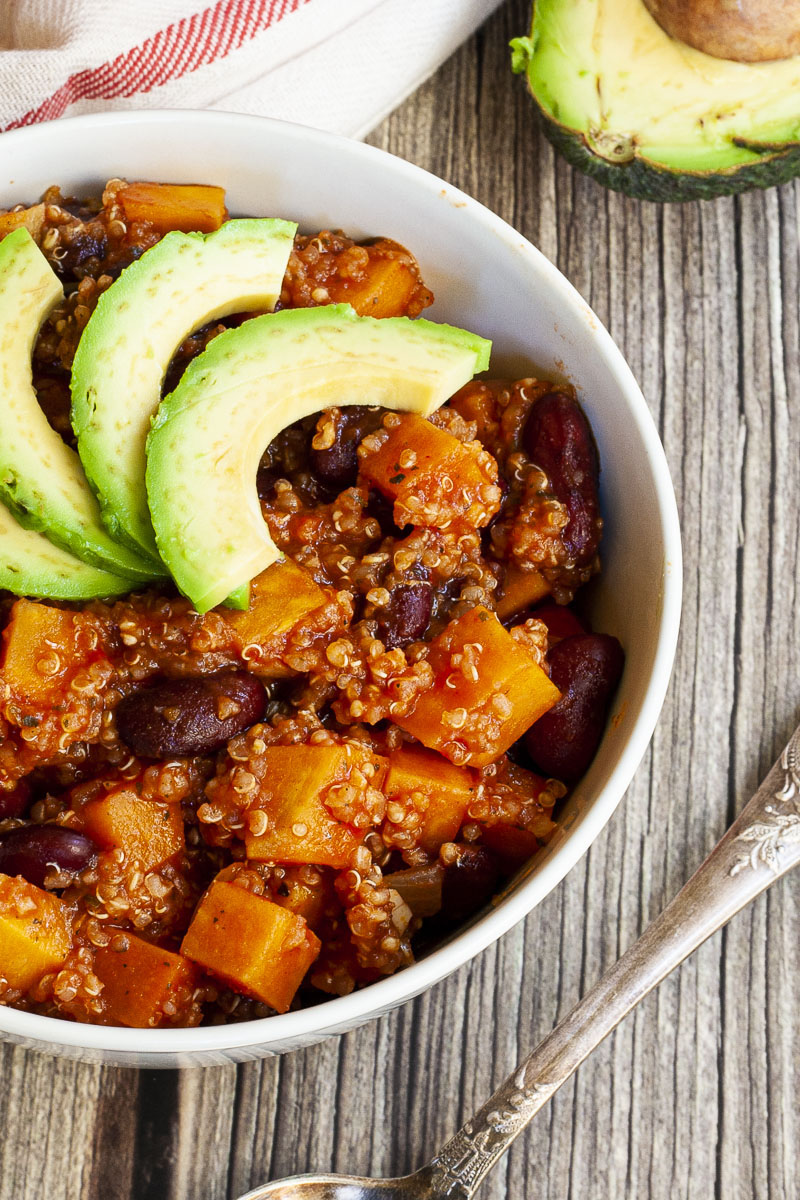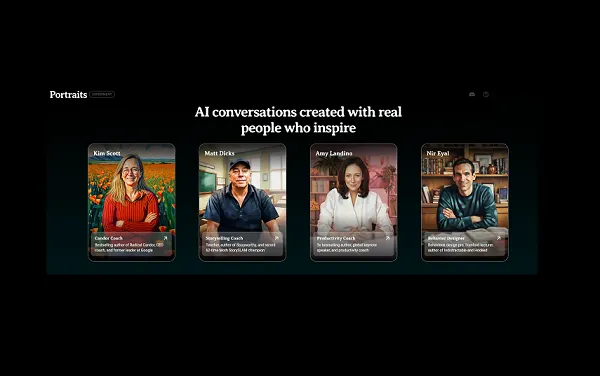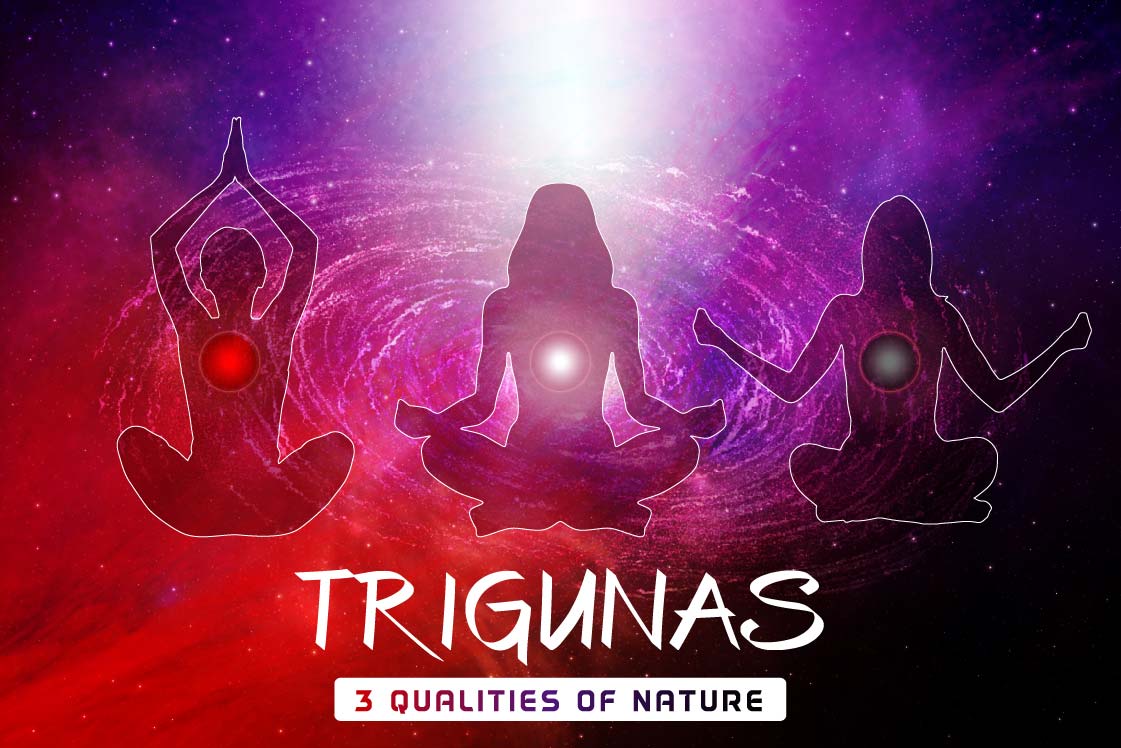How to Start a Vegan Diet? 9 Honest Truths
Let’s start with something real! Switching to a vegan diet requires a fundamental shift in your eating habits. Cutting out all animal-derived products can be very hard. There, I said it. A diet that centers on vegetables, fruits, grains,...

By Nandor Barta on 05/15/2025 - May contain affiliate links. Please read our disclosure.
Let’s start with something real! Switching to a vegan diet requires a fundamental shift in your eating habits. Cutting out all animal-derived products can be very hard. There, I said it.
A diet that centers on vegetables, fruits, grains, legumes, nuts, and seeds should not be hard but in the world of convenience and endless options for processed food hiding animal ingredients like gelatin, whey, and casein, it is indeed difficult.
Making vegan eating work takes some thoughtful planning, especially in the beginning. Those go-to meals, you once threw together without thinking, won’t be much help when you’re in a rush.
You’ll be figuring out how to prep to cook vegan, which can be both exciting as you discover new favorites, but equally frustrating as many will flop at first.
Here are nine hard truths that other may not tell you before you start your vegan journey:
Jump to:Misunderstand the difference between plant-based and veganVegans can lack proteinCertain supplements are a mustReading labels isn’t enough if you do not know what to look forMeal planning and grocery shopping is frustrating at firstDining out is challenging from now onTraveling as a vegan is even harder than eating outYou will likely crave meat and cheeseEating vegan can be expensiveMisunderstand the difference between plant-based and vegan
It’s easy to confuse ‘plant-based’ with ‘vegan,’ but they’re not the same.
A vegan diet excludes not only animal-derived products but all products where animals were exploited in any way. So not just meat, dairy and eggs, but for example honey as well. However, the vegan diet usually does not shy away from processed food as long as no animals were harmed.
 Image Credit: Pexels.
Image Credit: Pexels.Plant-based eating, on the other hand, focuses primarily on whole foods from plants.
Vegetables, fruits, grains, legumes, nuts, and seeds are the only ingredients they eat. This diet is rather about choosing to avoid animal-derived products for health reasons and steering clear of heavily processed ingredients.
Vegans can lack protein
While 70% of vegans eat more proteins than what they need, it does not mean you can eat whatever you want.
There are plenty of plant-based protein sources, like lentils, beans, tofu, tempeh, quinoa, nuts, seeds, and whole grains, but relying too heavily on convenience foods or skipping protein-rich meals can still lead to deficiencies.
If you check what you eat with an online calculator like MyFitnessPal or Cronometer, you will see that not all combinations of vegan ingredients provide adequate levels of protein or nutrition.
Eating fake chicken wings with French fries and vegan apple pie for dessert will not be enough to have a balanced diet.
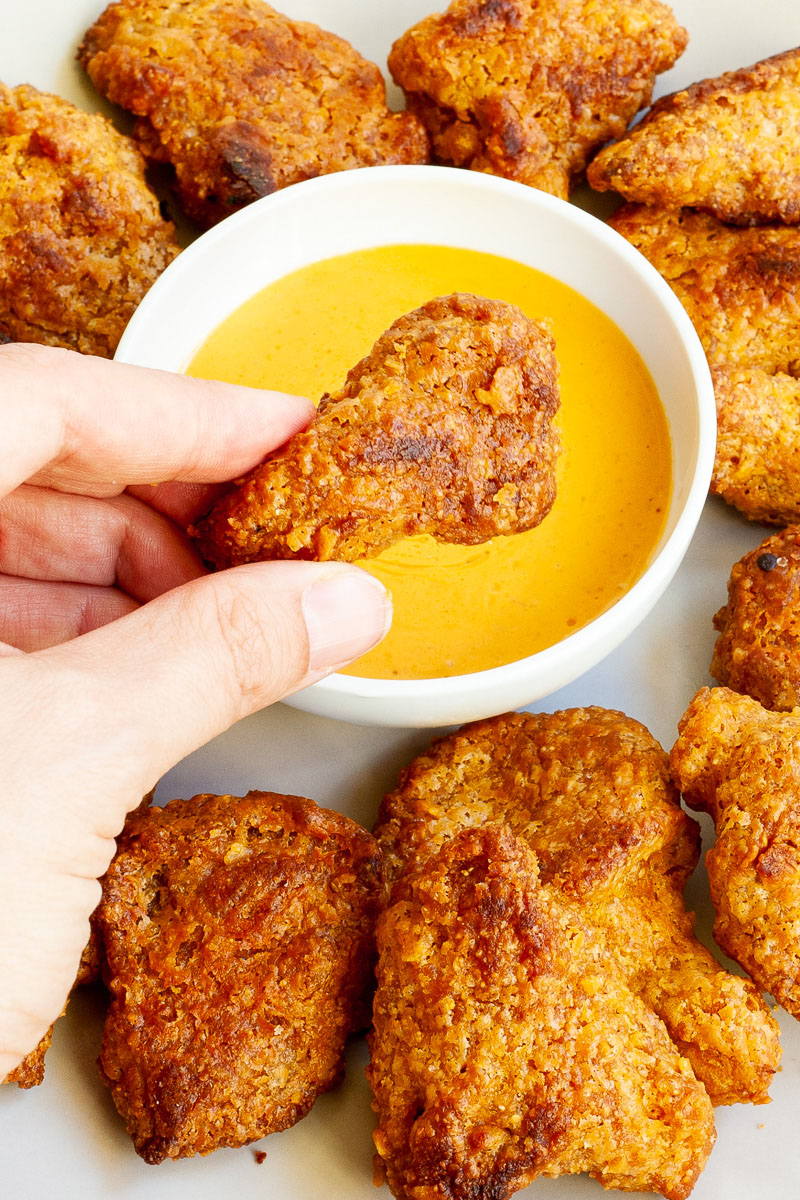 Photo credit: My Pure Plants
Photo credit: My Pure PlantsCertain supplements are a must
Yes, you need supplements. A trusted source to learn more about nutrition in a vegan diet is NutritionFacts.org. Start with watching this video about vitamin and mineral deficiencies.
Vitamins B12 and D supplements are non-negotiable since these vitamins are not found in plant foods.
Vitamin A, iodine and iron is also something you need to watch out for since they found concentrated in certain plants only. Seaweed for iodine and leafy greens and lentils for iron. According to Dr. Greger “a vegan living off a diet of fast food is at a greater risk for vitamin A deficiency than a meat-eater living on fast food.”
Ground flaxseeds, chia seeds, and walnuts are good plant sources of Omega-3s, but if you’re not including them regularly in your meals, it may be worth asking your doctor whether you need a vegan DHA/EPA supplement.
Reading labels isn’t enough if you do not know what to look for
The hard truth is, if you want to be strict about it, you’ll need to shop like someone with a food allergy or intolerance. It means reading every label carefully.
You’d be surprised how many everyday ingredients are actually animal-derived. Have you heard about casein, whey, gelatin, carmine, shellac or isinglass? Yes, they are all animal-derived ingredients.
Even if you read the label, it is easy to make mistakes if you do not know which ingredients to watch for. You might end up buying something that is not vegan without realizing it.
I plan my vegan meals each week in advance. Over the years my shopping list slowly became organized and predictable.
But I remember how frustrating it was at the beginning. I browsed through different vegan grocery lists to come up with ideas. Frankly, it felt overwhelming and time-consuming.
 Image Credit: Pexels.
Image Credit: Pexels.Like anything else, practice makes perfect. Over time, I got better at it. I have found success by stocking ingredients that has a long shelf-life like chickpeas, quinoa or tofu and by stocking my freezer with a wide variety of fruits and vegetables. I tend to choose ingredients that work in multiple recipes.
Dining out is challenging from now on
Dining out will feel tricky at first.
Even dishes that look plant-based might include non-vegan ingredients like butter, chicken broth or fish sauce, not the mention those hidden ingredients I was talking about earlier.
Many restaurants still do not offer dedicated vegan meals. You might end up piecing together a meal from sides or salads, which is to be honest quite disappointing and uninspiring.
Staff might not know the difference or may assume dairy and eggs are fine. Explaining your diet to servers may feel uncomfortable, especially in unfamiliar restaurants or cultures where veganism isn’t well understood.
Even if a dish is vegan, it might be cooked on the same grill or fryer used for meat or fish. It is something that ethical vegans may want to avoid.
I ALWAYS check menus online before going out. I prefer restaurants with a dedicated vegan section, or even better, fully vegan places. If you love Chipotle, check out this list of dishes you can eat at Chipotle as a vegan.
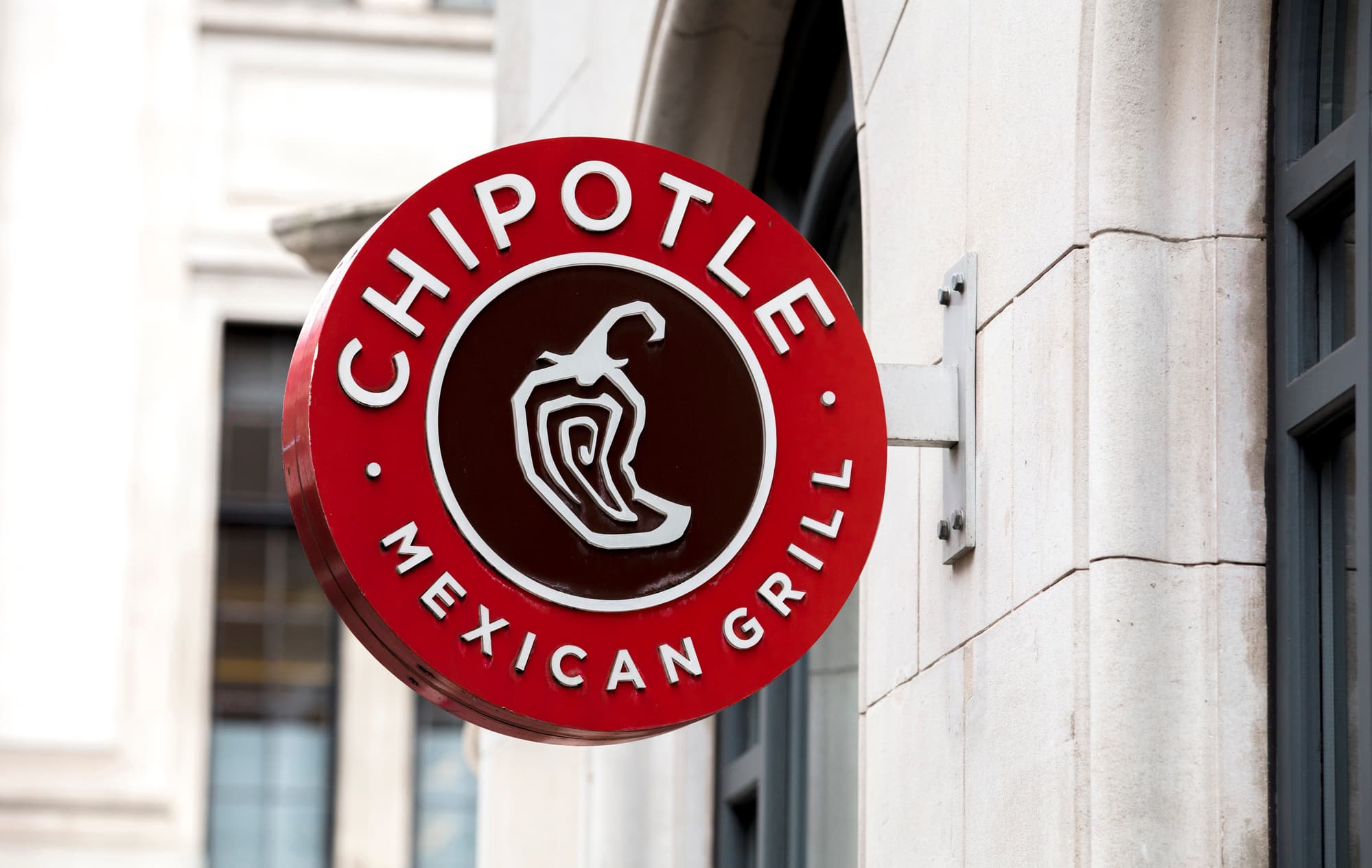
Traveling as a vegan is even harder than eating out
I have found eating out gets easier with simple preparation. However, traveling adds another layer of frustration especially if there is a language barrier.
I honestly spend more time researching where to eat than what kind of activities to do or which sights to see. I have a long list of places saved on my phone in Notes with links and a little description.
Apps like HappyCow does help, but I am not relying it on 100%. I ALWAYS read the website of the restaurant and the hotel.
For travel, I pack enough portable snacks to last me at least 2 days. Then the first thing I do after arriving in a foreign country is going to a local store and stock up.
Asian, Middle Eastern, and Indian restaurants can be lifesavers since they often has a wide variety of vegetarian and vegan dishes.
You will likely crave meat and cheese
Cravings for non-vegan foods are normal especially during your first few weeks. I am not saying it happens to everybody, but it is quite common. It happened to us as well.
The easiest way to win against these cravings is keeping vegan alternatives on hand and fill your belly with delicious vegan food during the meals. If you eat enough, you will not become hungry in-between meals.
If you’re missing cheese, try nutritional yeast on pasta or cashew-based spreads like this vegan queso dip.
For meat cravings, choose crispy tofu, tempeh or seitan with the right seasoning. They will likely have satisfying textures and protein. Instead of bacon, try these vegan bacon bits or any other bacon alternatives.
Don’t be too hard on yourself if you slip up. This is a process. If you do not want to go cold turkey, start with small changes, like swapping dairy milk for oat milk or replacing one meal at a time. Give your body time to adapt, and you will notice these cravings fade naturally.
Eating vegan can be expensive
Plant-based meats, vegan cheeses, and dairy-free ice creams often cost more than their animal-based counterparts. These products are great occasionally, but if they are your everyday staples, your grocery bill will climb fast.
 Image Credit: Pexels.
Image Credit: Pexels.Ready-made vegan meals, energy bars, and packaged foods are usually more expensive than cooking from scratch with whole ingredients like beans, rice, or vegetables. I recommend making as many things as you can at home. I do love this homemade cashew milk, which saves me eons on milk alternatives.
A heavy focus on exotic fruits or out-of-season veggies can increase costs compared to local, in-season options. If you want only the trendy vegan meals like avocado toast or smoothie bowls packed with dragon fruit, açai, and mango, you will feel it on your monthly bill.
Reader Interactions
This site uses Akismet to reduce spam. Learn how your comment data is processed.

 Fransebas
Fransebas 